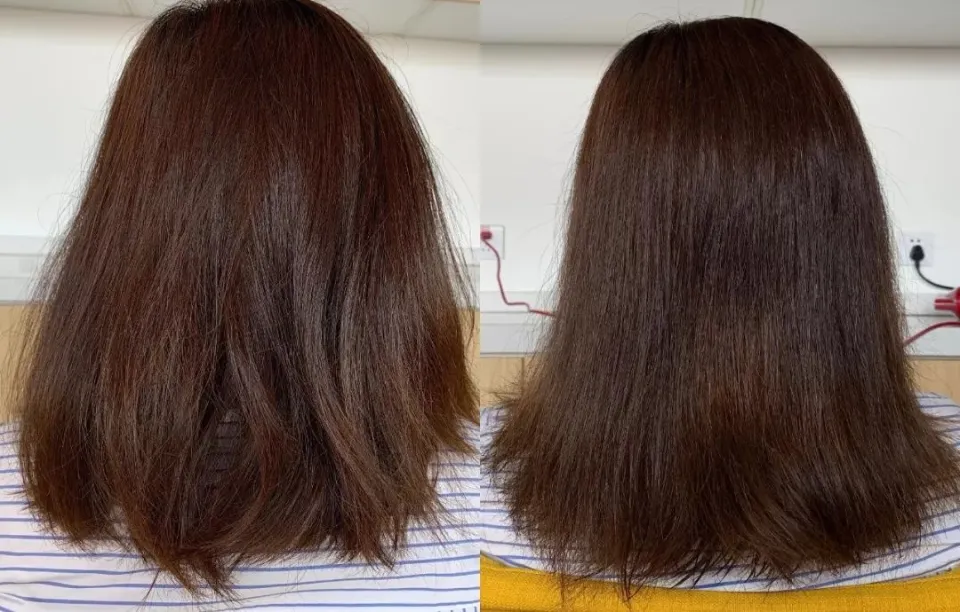
11 Ways to Stop Hair From Tangling at the Nape of Your Neck
Has tangling of your hair at the nape of your neck ever been an issue for you? This problem is widespread and is very frustrating, especially when trying to style or grow out your hair.
The best strategy for removing knots from the nape of the neck is to apply a hair mask at least once a week. Also, be sure to use the right brush and brush your hair on a regular basis.
In this article, we will discuss some tips to keep your nape tangle-free. Let’s get started right away!
How to Stop Hair from Tangling at Nape of Neck
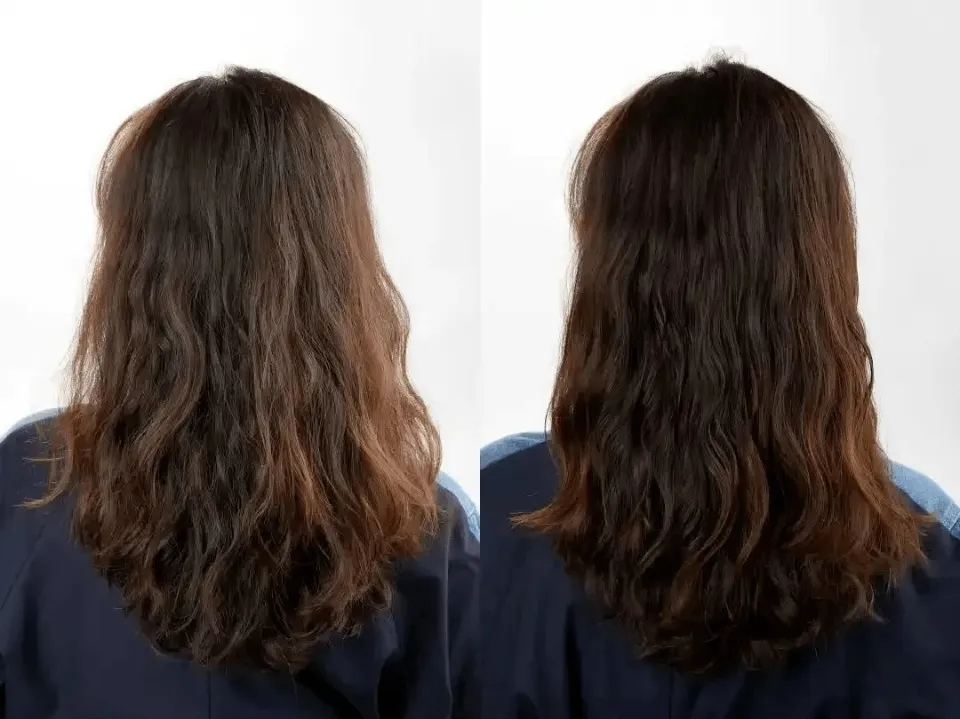
To stop your hair from tangling at the nape of your neck, you should do the following:
1. Condition Your Nape Regularly
Regularly conditioning your nape hair with either a conditioner or hair oil is one of the best ways to prevent it from tangling. There will be less chance for snagging and tangling because this will smooth out the hairs in that area.
Despite not conditioning our hair as much as we should, many of us believe we are. We ignore the nape entirely and concentrate primarily on the hair at the crown. Make sure that your nape hairs are completely covered in conditioner by taking a few extra seconds.
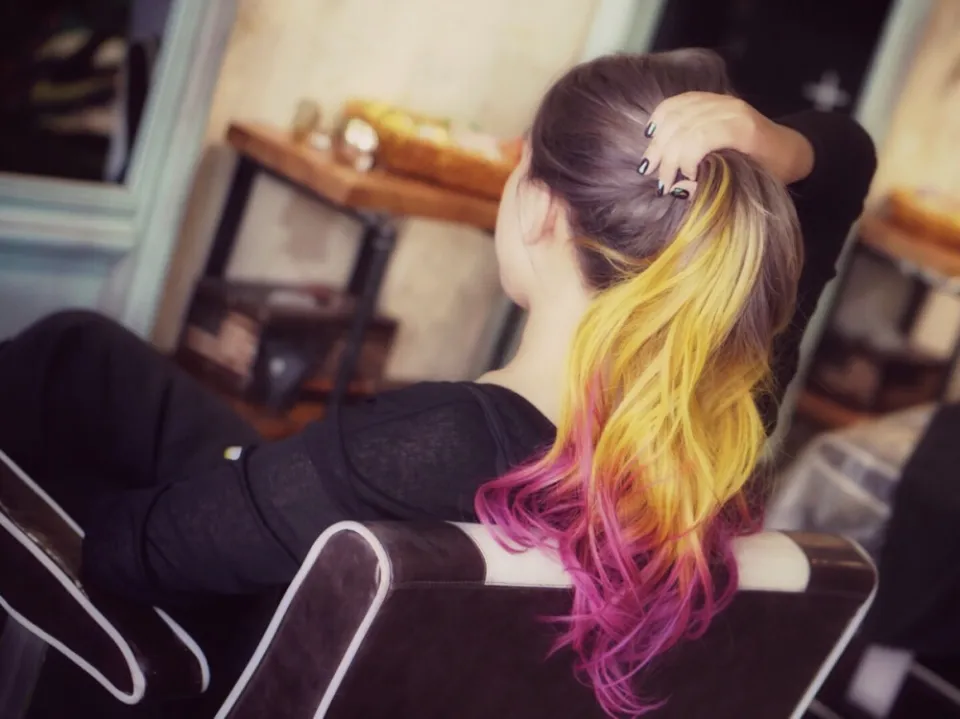
2. Always Rinse Thoroughly
It’s crucial to thoroughly rinse after shampooing and conditioning your hair. In particular, the nape region is affected by this. If you don’t, product buildup may occur, causing hair underneath to tangle more quickly.
Spend a little more time each wash day making sure that shampoo and conditioner are thoroughly rinsed away. Even though it might take a while, it’s worthwhile!
Read More: How Long To Leave Toner In Hair
3. Pay Attention to the Products You Use
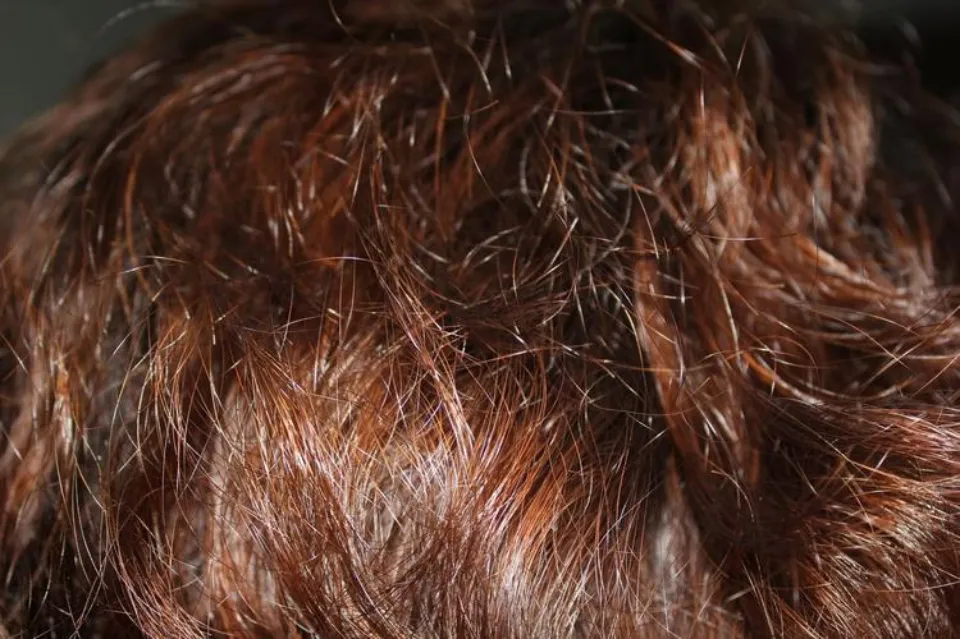
Using products near your nape that contain alcohol or other harsh chemicals can dry your hair out and encourage more tangles. Alcohols like isopropyl and ethyl alcohol should be avoided. Additionally, stay away from greasy, stick-to-your-hair products.
4. Minimize Friction by Avoiding Collared Shirts
If you wear a lot of collared shirts, they can cause friction and increase your likelihood of developing a tangly nape.
Avoid wearing scarves and collared shirts if you struggle with this. When you know you’re going to be wearing a collared shirt, you can also try putting your hair up in a bun or ponytail.
5. Reconsider Your Comb/Brush
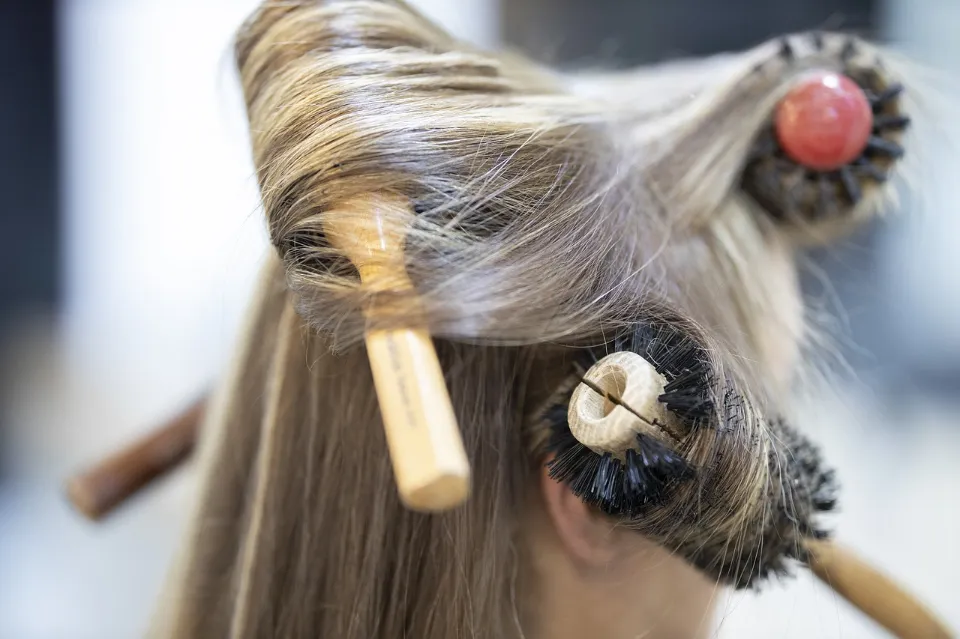
Entanglements may be caused directly by the kind of comb or brush you’re using and how you’re using it.
No matter what kind of hair you have, always use a wide-toothed comb or a dedicated detangling brush. When moving through hair, a narrow-toothed comb or a traditional brush creates a lot of friction, which leads to hair damage, breakage, and tangling.
Now, even if you’ve handed over the recommended comb/brush, using it when your hair is wet or even slightly damp will do nothing but cause breakage and tangles. It should be combed after being at least 90% dried with paper towels.
6. Be Gentle When Brushing Your Nape Hair
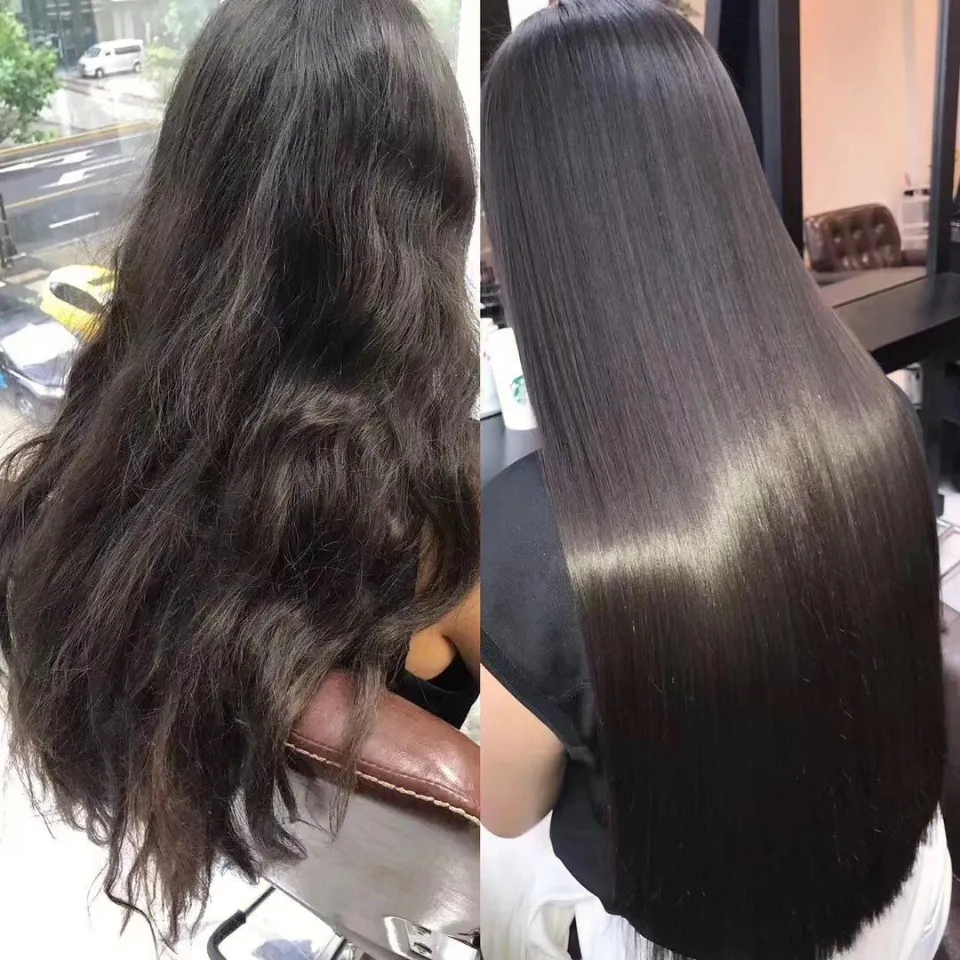
Be gentle when brushing the hair on your nape. Avoid using a brush with hard bristles because they can damage hair and cause more tangles.
Choose a brush with natural or soft boar bristles instead because they are kinder to hair than other brush types. When brushing the hair on your nape, begin near the ends and move up to the roots.
Don’t forget to use your detangling spray or cream! Don’t rush this process; doing so will only cause more damage and knotting in the future. Be patient and take your time.
7. Do Regular Detangling Sessions
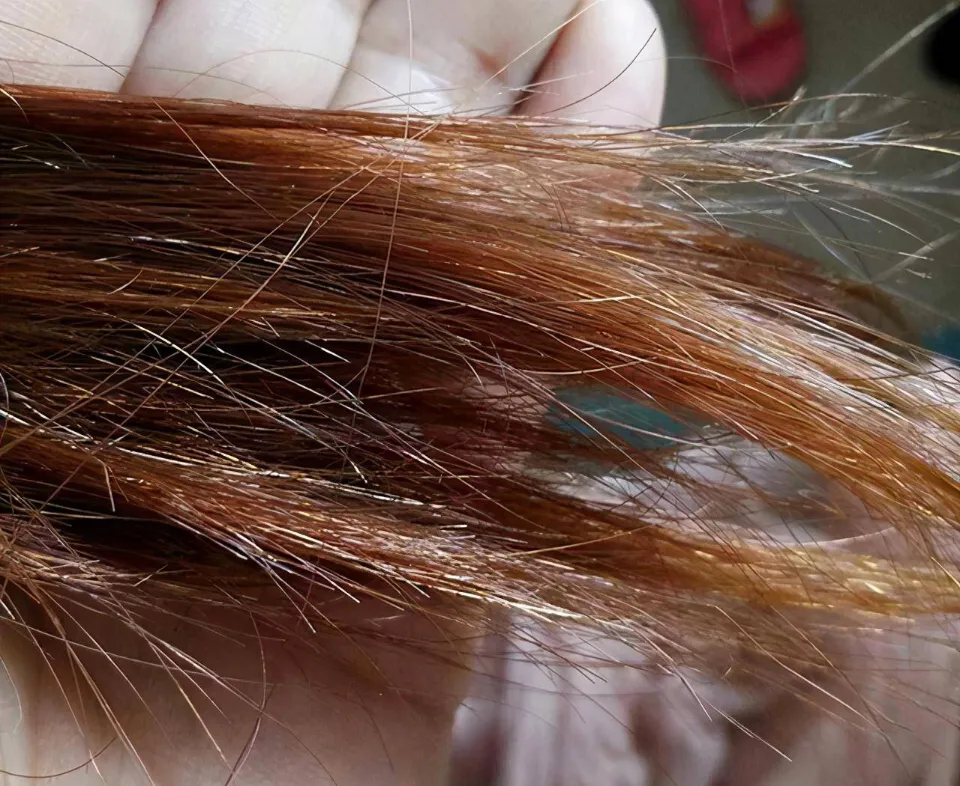
Knowing how to detangle the hair around your nape is one thing, but detangling it regularly is another. If you want to keep it tangle-free, maintain a regular detangling routine. A major detangling session should be attempted at least once per week.
Don’t wait until your hair is completely tangled and messy before attempting to detangle it. This will significantly increase the process’s difficulty and discomfort.
8. Keep Your Hair Moisturized
Make sure to moisturize your nape hair because dry hair is more likely to tangle than moisturized hair. In a pinch, serums and leave-in conditioners come in handy. Depending on how dry your hair is prone to being, you can use one of these or both.
9. Using a Carrier Oil

While there are hundreds of carrier oils available, coconut oil and olive oil are thought to be the best for a comprehensive hair care regimen. Carrier oils can also help your hair in many ways in addition to tangle-preventing products.
Both oils seal the hair’s natural texture and make it simple to manage and style thanks to their high oily consistencies. These oils nourish hair deeply and leave it shiny and smooth all day long because they are abundant in nutrients that are good for hair.
10. Protect Hair from Tangling While Sleeping
The annoying morning knots can’t be fixed while you’re asleep. However, by taking a few pre-sleep precautions, you can ensure that your hair is free of tangles every morning.
- Before going to bed, wash, condition, and dry your hair.
- Never forget to brush or comb your hair before bed.
- Loosely braid your hair and tie it up with a soft scrunchy. Things can be greatly improved by using this VAGA Scrunchy Set. The soft and sturdy fabric used to make each scrunchy in this set prevents breakage of the scrunchy itself as well as your hair. The collection contains six colors – pick your favorite one each day of the week!
11. Apply Hair Oil & Stop Hair from Tangling
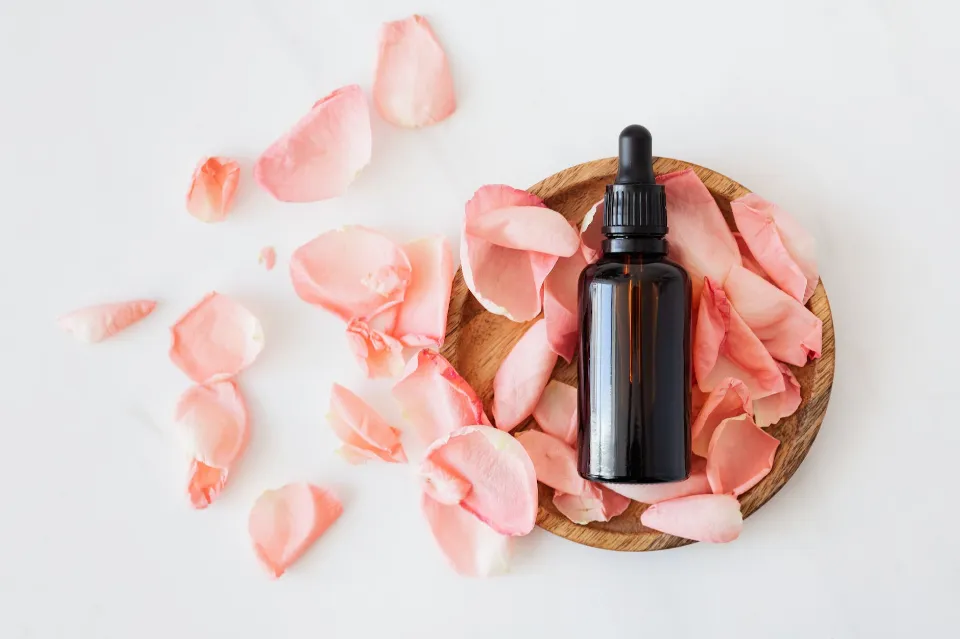
Your hair will benefit greatly from hair oils with almond and amla ingredients. Oil also keeps hair from tangling and aids in hair growth. These hair oils are all-natural and thus don’t have any negative side effects. Hair oil should not be applied to a damp scalp because it will eventually begin to smell. Many people believe that using hair oil is bad, but this is untrue. More than 50 hair issues, such as dandruff, a dry scalp, and hair loss, can be avoided with hair oil. Consider including this in your hair care strategy.
Conclusion
In conclusion, use good hair products for your hair. Don’t prioritize cost over quality. Because good hair products contain natural ingredients, fewer hairs are damaged as a result. Hair tangling is the most common issue. Because of this, stop believing that it only affects you. You won’t experience the tangling issue if you carefully follow the effects mentioned above. Do not skip a single step. If you do all of this, your hair will remain frizz-free for at least 48 hours, I promise.
FAQs
Why Does My Hair Tangle at the Base of My Neck?
Hair knots are frequently caused by dryness. When the hair lacks sufficient moisture, it becomes matted. To handle this, you’ll need to condition and wash your hair more frequently. In order to support your hair care routine, using a detangling product is a great idea.
How Do I Stop My Hair from Matting Underneath?
If your hair tends to tangle easily, leaving it down all day (especially in the wind) without brushing it is probably not a good idea. Use a soft bristle brush to brush your hair two to three times per day, focusing on the times before a shower and bed.
What Causes Knots at Base of Skull?
Injuries, cysts, fatty growths, inflamed hair follicles, and bone spurs are a few of the many potential causes of a bump on the back of the head. There are different sizes and types of bumps on this area of the body. Injuries are a common cause of bumps and lumps on the back of the head.





Average Rating